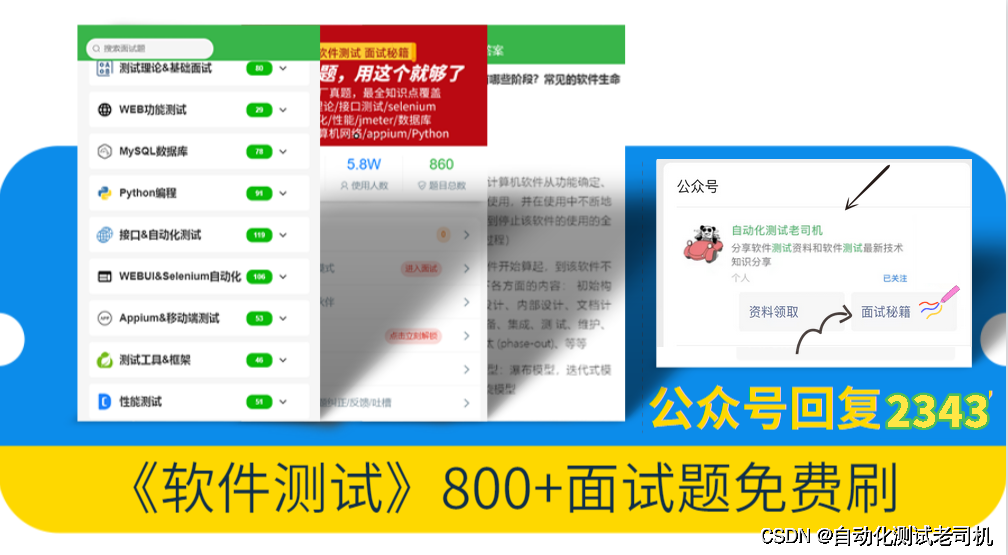
test suite
- 测试套件,理解成测试用例集
- 一系列的测试用例,或测试套件,理解成测试用例的集合和测试套件的集合
- 当运行测试套件时,则运行里面添加的所有测试用例
test runner
- 测试运行器
- 用于执行和输出结果的组件
test suite、test runner基础使用
单元测试类
1 # 创建单元测试类,继承unittest.TestCase2 class testCase(unittest.TestCase):3 4 # 测试case5 def test_01(self):6 print("test01")7 8 def test_03(self):9 print("test03")
10
11 def test_04(self):
12 print("test04")
13
14 def test_05(self):
15 print("test05")主函数
1 if __name__ == '__main__':2 # 实例化测试套件3 suite = unittest.TestSuite()4 # 实例化第二个测试套件5 suite1 = unittest.TestSuite()6 # 添加测试用例 - 方式一7 suite.addTest(testCase('test_03'))8 suite.addTest(testCase('test_01'))9 suite1.addTest(testCase('test_03'))
10 suite1.addTest(testCase('test_01'))
11 # 添加测试用例 - 方式二
12 testcase = (testCase('test_05'), testCase('test_04'))
13 suite.addTests(testcase)
14 # 测试套件添加测试套件
15 suite.addTest(suite1)
16 # 实例化TextTestRunner类
17 runner = unittest.TextTestRunner()
18 # 运行测试套件
19 runner.run(suite)运行结果
1 test032 test013 test054 test045 test036 test017 ......8 ----------------------------------------------------------------------9 Ran 6 tests in 0.000s
10
11 OK包含知识点
- 使用测试套件时,测试用例的执行顺序可以自定义,按照添加的顺序执行
- 有两种添加测试用例的方式,推荐方式二,代码更少更快捷
- ,传入的 tests 可以是list、tuple、set
addTests(tests)
- 添加的测试用例格式是:
单元测试类名(测试用例名)
- 使用测试套件执行测试用例的大致步骤是:实例化TestSuite - 添加测试用例 - 实例化TextTestRunner - 运行测试套件
- 测试套件也可以添加测试套件
现在我也找了很多测试的朋友,做了一个分享技术的交流群,共享了很多我们收集的技术文档和视频教程。
如果你不想再体验自学时找不到资源,没人解答问题,坚持几天便放弃的感受
可以加入我们一起交流。而且还有很多在自动化,性能,安全,测试开发等等方面有一定建树的技术大牛
分享他们的经验,还会分享很多直播讲座和技术沙龙
可以免费学习!划重点!开源的!!!
qq群号:110685036【暗号:csdn999】
测试用例批量执行
单元测试类文件

前三个文件是包含了单元测试类的文件,第四个文件是负责运行所有单元测试类,不包含测试用例
列举某个单元测试类文件代码
1 # 创建单元测试类,继承unittest.TestCase2 class testCase02(unittest.TestCase):3 4 # 测试case5 def test_07(self):6 print("testCase02 test07")7 8 def test_06(self):9 print("testCase02 test06")
10
11 def test_11(self):
12 print("testCase02 test11")test_run.py 代码
批量运行测试用例方式一:
1 import unittest2 from learn.unittestLearning import test_case023 from learn.unittestLearning.test_case03 import testCase034 5 if __name__ == '__main__':6 # 通过模块7 testcase02 = unittest.TestLoader().loadTestsFromModule(test_case02)8 # 通过单元测试类9 testcase03 = unittest.TestLoader().loadTestsFromTestCase(testCase03)
10 # 通过模块字符串
11 testcase04 = unittest.TestLoader().loadTestsFromName('learn.unittestLearning.test_case04')
12 # 测试用例集
13 tests = [testcase02, testcase03, testcase04]
14 # 创建测试套件
15 suite = unittest.TestSuite(tests)
16 # 运行测试套件
17 unittest.TextTestRunner(verbosity=2).run(suite)包含知识点
- :testCaseClass输入单元测试类,但需要先import
loadTestsFromTestCase(testCaseClass)
- :module输入单元测试类所在模块,也需要import
loadTestsFromModule(module, pattern=None)
- :name是一个string,需满足以下格式: module.class.method ,可以只到输入到class
loadTestsFromName(name, module=None)
- :表示测试结果的信息详细程,一共三个值,默认是1
- 0 (静默模式):你只能获得总的测试用例数和总的结果 比如 总共100个 失败20 成功80
- 1 (默认模式):非常类似静默模式 只是在每个成功的用例前面有个 每个失败的用例前面有个 F
- 2 (详细模式):测试结果会显示每个测试用例的所有相关的信息
verbosity
批量运行测试用例方式二(推荐!!):
1 import unittest
2
3 if __name__ == '__main__':
4 # 需要运行的单元测试文件目录
5 test_path = './'
6 # 实例化defaultTestLoader
7 discover = unittest.defaultTestLoader.discover(start_dir=test_path, pattern="test_case*.py")
8 # 运行测试用例集
9 unittest.TextTestRunner().run(discover)优点:是不是简洁。。是不是很快??只需三行代码!!
包含知识点
- :写需要运行的单元测试文件目录
start_dir
- :单元测试文件的匹配规则,默认是 test*.py ,可根据自己的命名规则修改此正则
pattern
- 方法可自动根据测试目录start_dir 匹配查找测试用例文件 test*.py ,并将查找到的测试用例组装到测试套件,因此可以直接通过 run() 方法执行 discover
discover()
批量执行测试用例的结果
1 testCase02 test062 testCase02 test073 testCase02 test114 testCase03 test055 testCase03 test086 testCase03 test127 testCase04 test028 testCase04 test049 testCase04 test13
10 .........
11 ----------------------------------------------------------------------
12 Ran 9 tests in 0.000s
13
14 OKEND今天的分享就到此结束了,点赞关注不迷路~

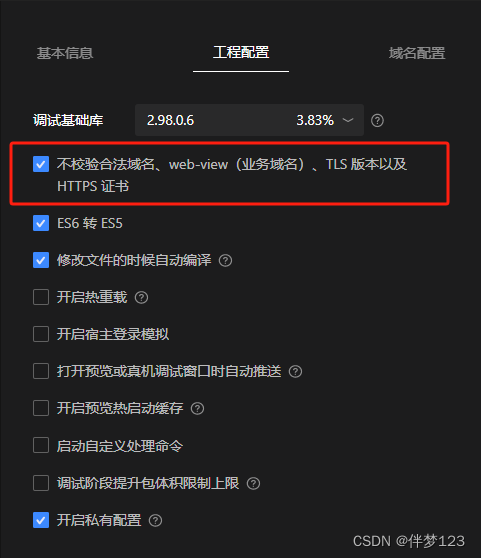
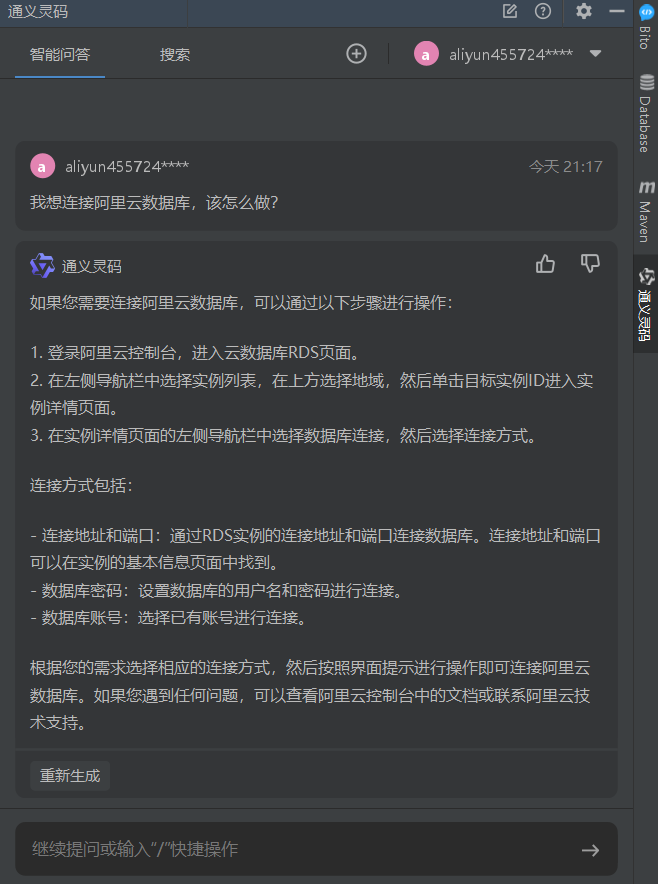




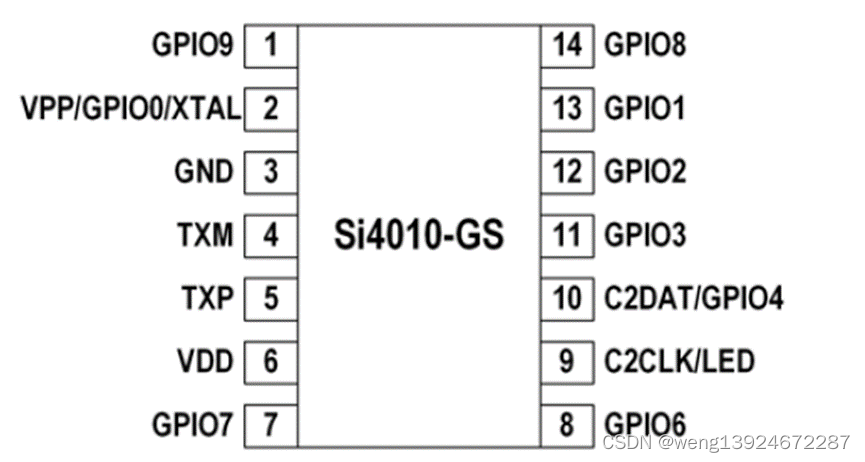
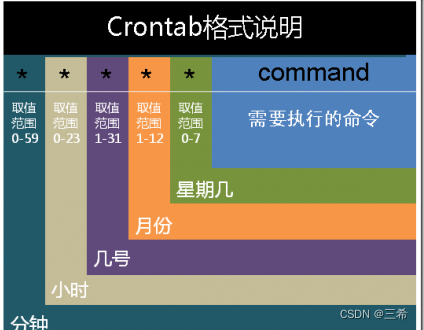
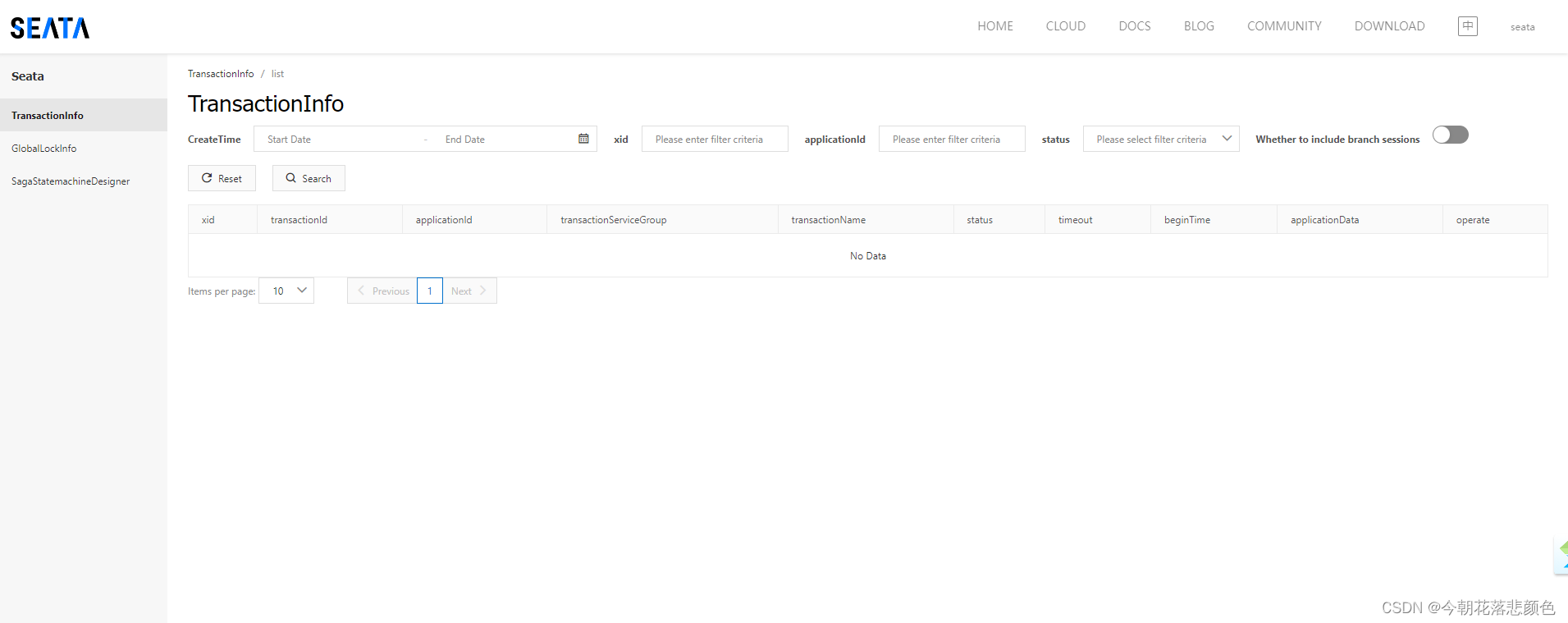
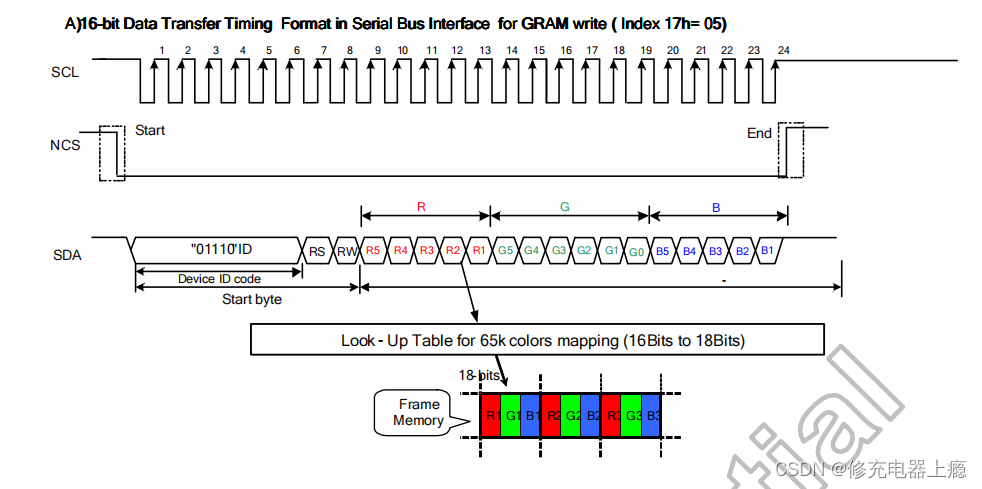


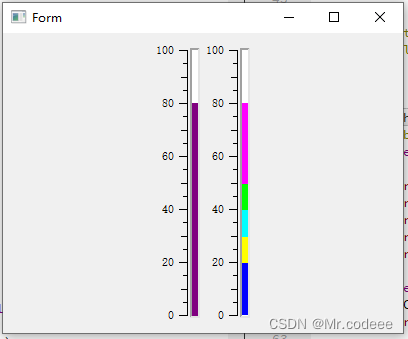


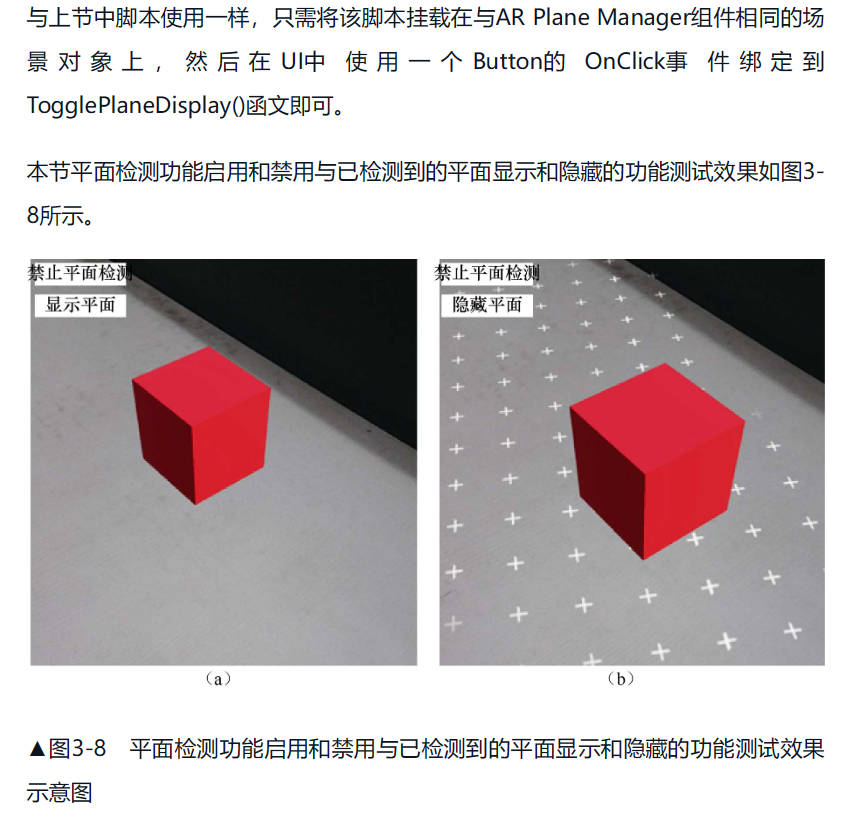
![洛谷P1024 [NOIP2001 提高组] 一元三次方程求解(优雅的暴力+二分,干净利落)](https://img-blog.csdnimg.cn/ac019003e7714b9ebf996a71d60c68b0.jpeg)
